Honey Bees Need Your Help!
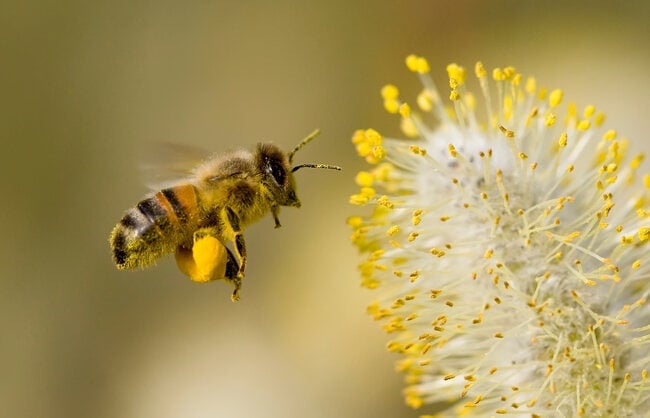
Honey bees need help. They are one of nature’s busiest … well, bees. It’s said that a single honeybee visits up to 100 flowers during a single foraging trip. But if you’ve noticed fewer of these fuzzy, buzzy creatures zooming around, it’s because they’re taking more sick days than ever before.
Scientists have diagnosed their illness as Colony Collapse Disorder (CCD)—the sudden disappearance and death of worker bees, which leads to the eventual failure or “collapse” of the entire beehive.
The number of honeybees that succumb to CCD fluctuates from year to year. During the 2019-2020 bee season, US beekeepers reported that an alarming 43.7 percent of honeybee colonies were lost, up from the roughly 40 percent of total hives lost in 2018-2019.
Why Are Bees in Crisis?
There are myriad reasons why honey bees are experiencing CCD. Pesticide use is one of them. Sadly, the chemicals gardeners and farmers apply to plants and crops to deter pests are poisonous to bees. And as bees collect pollen and nectar that have been contaminated by pesticides, herbicides, and fertilizers, they unwittingly expose themselves to these toxins. They also expose their hives by carrying food back to the colony.
Our changing climate is another major cause of colony loss. Hotter weather shortens bloom life, which means bees don’t have enough time to store food reserves over summer to last the winter. More frequent droughts can also dry up crops, leaving fewer plants for bees to pollinate. This lack of food can lead to poor nutrition and weaker immune systems for honeybees.
Parasites—such as the varroa mite, which attacks and feeds on honeybees—are another major stressor.
Imagining a World Without Bees
A decline in the honey bee population is bad business for bees and humans. Bees pollinate over one-third of the world’s crops. As bee populations decline, so will many of our favorite fruits and vegetables, including apples, almonds, and pumpkins—just to name a few.
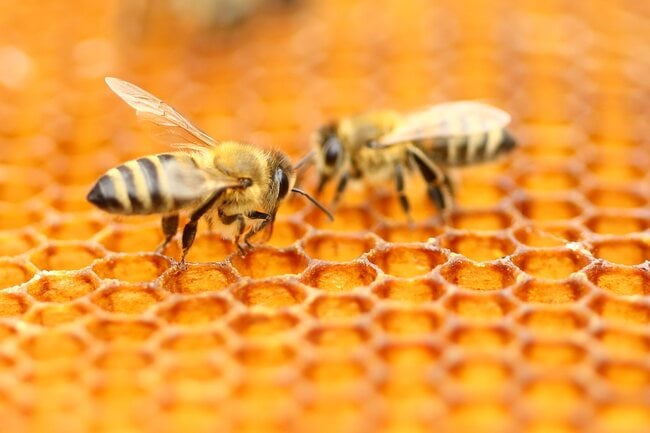
How You Can Help Honey bees Survive
The threat to bees is grave, but all hope is not lost. By showing honey bees a few simple acts of kindness, you can reduce their stress levels, which will increase the likelihood that they’re buzzing graces gardens and farmlands for generations to come!
- Go chemical-free. Many pesticides, herbicides, and fertilizers are toxic to honeybees, so it’s best to forego their use whenever possible and try more natural approaches.
- Build a bee bath. Similar to bird baths, bee baths provide rest and rehydration stations for the hard-working honeybee. (Bees use water to help with digestion and assist with keeping their hives cool.) To create a bee bath, fill a shallow dish with clean, cool water. Then pile stones in the middle of the dish, making sure the tops sit just above the water line. This will give bees a dry landing pad to drink from.
- Plant bee-friendly plants. Because flowering meadows and forests are disappearing, there are fewer food sources and natural habitats for honeybees. Planting bee favorites—like lavender, sunflowers, and bee balm—helps ensure bees have more food (nectar for energy, and pollen for nutrients and proteins) to survive the winter.
- Buy bee-friendly honey. Bees are often harmed when honey is harvested. For example, if bees aren’t gently brushed off of the honeycomb before honey extraction, their wings and legs can be torn off. If honey is harvested too soon, bees can also starve from not having enough food. Buying bee-friendly honey lets you know your honey was collected with compassion for the bees that made it. Other than asking a beekeeper outright, there’s no surefire way to know if honey has been ethically harvested, but buying it local or from farmers markets, rather than commercial retailers, is your best bet.
How to Identify Honey bees
The secret to recognizing honey bees from other bees is to look at body shape. A honeybee is smaller and thinner than a plump bumblebee. It also isn’t as “cinched in” between the thorax (chest) and abdomen as a wasp is. Another hint? Most honeybees are also golden-yellow in color with dark-brown bands, but beware, coloring can vary between species!
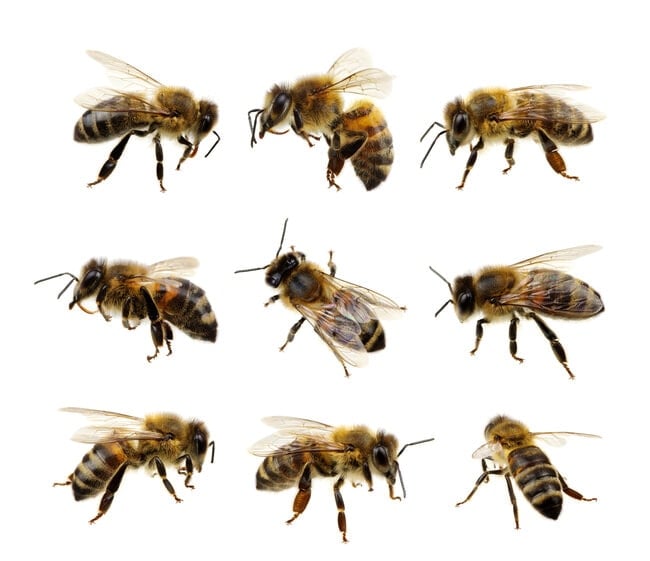
Honey Types, Trivia, And Tips
- Honey takes its name from the flower its nectar was collected from. Orange blossom honey, for example, is produced by nectar collected from orange blossom flowers.
- Monofloral honey is mainly made from the nectar of a single flower species, whereas honey produced from a blend of flower nectars (like wildflower honey) is referred to as multifloral.
- Raw and unfiltered honey is honey in its most natural form. While it has been lightly strained to remove impurities, it hasn’t been pasteurized or filtered. Pasteurization and filtration are great for extending honey’s shelf life, but they strip honey of its health benefits by removing good-for-you bee pollen.
- If honey is labelled “organic,” it means that the beekeeper raises his bees on a farm of organically-grown flowers and plants. This doesn’t guarantee that the honey is 100% organic, however, since bees can fly as far as five miles from the hive to gather nectar and pollen.
- Only honey produced from the nectar of the manuka flower—a bush native to New Zealand—can be called manuka honey. That’s why this rare type of honey averages $30-$40 a jar!
- An ancient cave painting in Spain depicting a woman climbing a ladder to gather honey from a beehive suggests that humans have used honey for at least 10,000 years.
- Honey’s anti-fungal, anti-inflammatory, and anti-bacterial properties come from bee enzymes, which are made and used by bees to chemically break down nectar.
- Buckwheat and avocado honeys are great substitutes for molasses and cane syrup.
- Honey lends baked goods a warm, golden color. To prevent over-browning, bake at slightly lower temperatures (try 25 degrees lower) and for slightly longer times.
- To keep honey from sticking to measuring utensils, coat them with nonstick cooking spray first; the honey will slide right off!
- Honey has a great list of healthy benefits including reducing morning sickness and cholesterol levels, reducing bad breath, and so much more!
Join The Discussion!
What is one way that you help honey bees?
Share with your community here in the comments below!
Related

Tiffany Means
Tiffany Means is a freelance writer and a degreed meteorologist. She specializes in weather forecasting and enjoys making the subject of weather (and the science behind it) more relatable. She currently resides in the Blue Ridge Mountains of North Carolina.




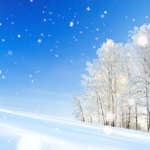
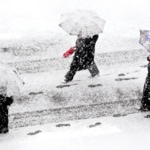
Please don’t tell people to use a cooking oil spray as you then spoil the benefits of natural honey and all other organic foods. Those cooking oils and sprays are so unhealthy and destroy good health. But I do love to read about the bees.
We don’t use any herbicides or pesticides on our farm. The areas around our house I mow are filled with clover the bees love so when I mow I only do it in the early morning or evening when the bees are not out. I plant flowering shrubs and perennials that bees love and I leave water out with a landing station during a drought. I am very concerned about the decline of the honey bee. From where I’m standing its not looking good for them and in turn us.
I have been leaving clover blooming in my yard and pasture plus let honeysuckle, blackberries and other wild flowers grow freely in back of my property for years. Sadly, each year I see fewer and fewer of any bees or butterflies. I do not use any kind of pesticides or poison with exception of fly spray on my horses.